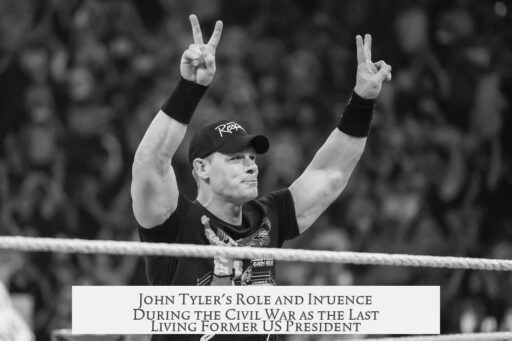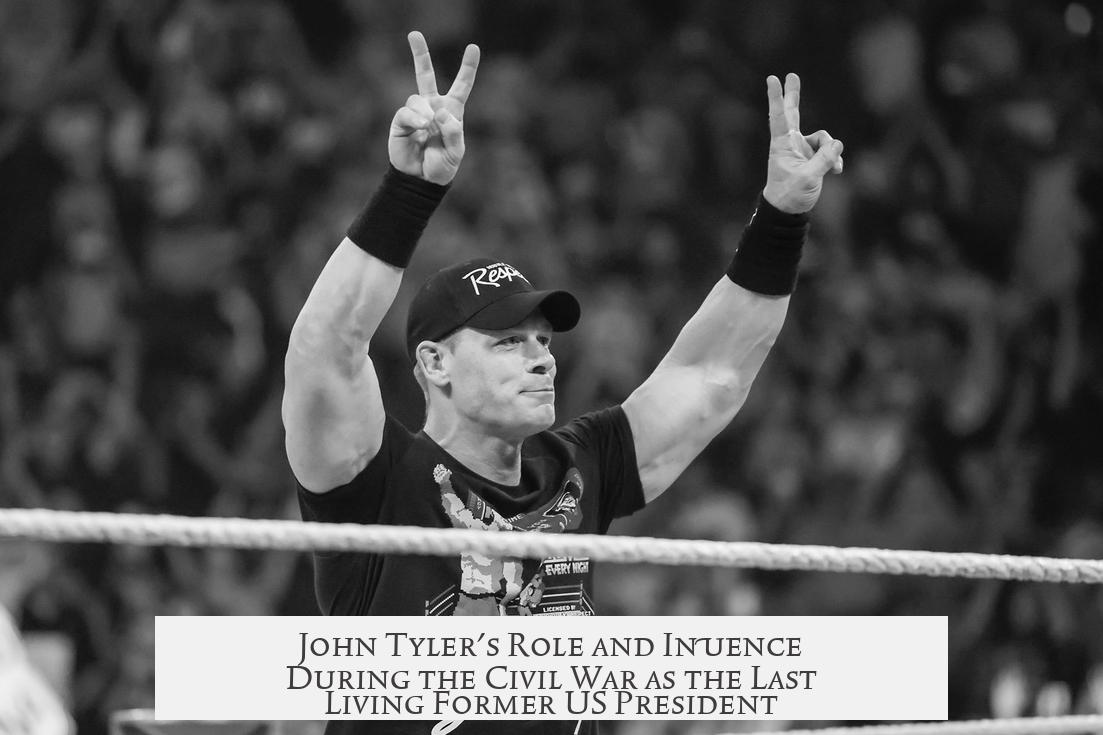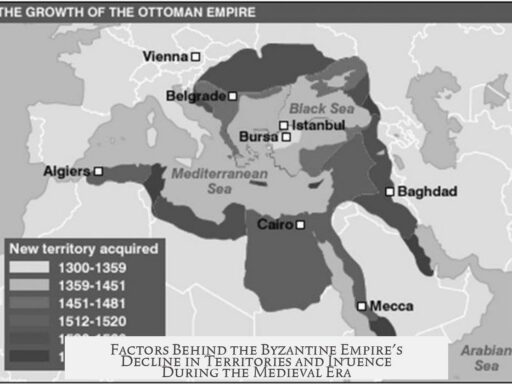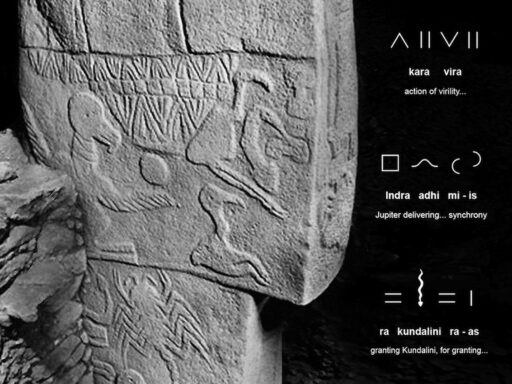During the US Civil War, former President John Tyler actively supported the Confederacy, engaging in political efforts to protect Southern interests. After leaving office, Tyler returned to Virginia and shifted his political alignment toward the Democrats as the Whig Party dissolved. He sought to influence national politics by attending the 1860 Democratic Convention, hoping to become a candidate who could unify Southern factions. When that failed, he supported John C. Breckenridge, a candidate favoring Southern rights and the preservation of slavery.

Tyler backed the Crittenden Compromise, which aimed to protect slavery and prevent secession by extending the Missouri Compromise line to the Pacific. He advocated for conferences involving border states to find peaceful solutions. Despite these efforts, Tyler became a vocal proponent of Virginia’s secession after Lincoln’s election.
He served on the Virginia delegation discussing the crisis with President Buchanan, then later met with Lincoln. Tyler attended Virginia’s secession convention, helping lead the state toward joining the Confederacy.

Following Virginia’s withdrawal from the Union, Tyler was elected to the Confederate Congress representing Charles City County. He helped negotiate Virginia’s official entry into the Confederacy and the transfer of the Confederate capital from Montgomery to Richmond.
Tyler died in Richmond on January 18, 1862, just before the Confederate Congress convened. His death received minimal attention in the Union, while in Virginia, it prompted a grand funeral procession. President Lincoln and the federal government notably made no comment on his passing, reflecting Tyler’s alignment with the rebellion.
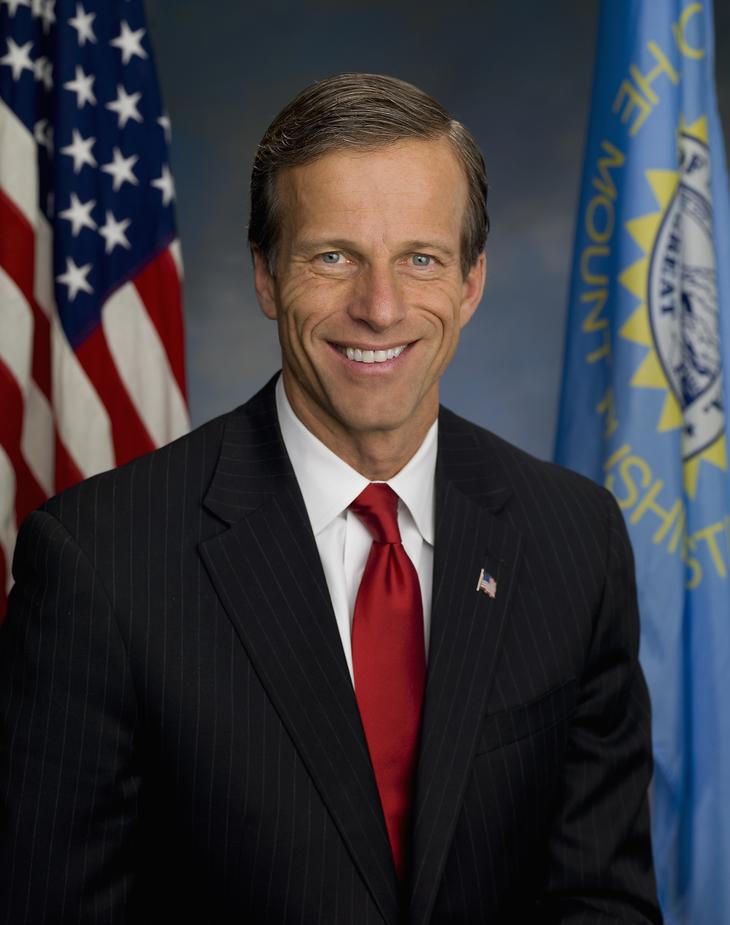
| Aspect | Details |
|---|---|
| Political Alignment | Shifted from Whig to Democrat post-presidency |
| 1860 Democratic Convention | Hoped to be unity candidate; supported Breckenridge |
| Compromise Efforts | Backed Crittenden Compromise; led border states conference attempt |
| Secession Role | Attended Virginia’s convention; vocal in favor of secession |
| Confederate Congress | Elected representative; negotiated Virginia’s Confederacy entry |
| Death | Died in Richmond January 1862; minimal notice in Union |
- John Tyler was the only former U.S. president alive during the Civil War and took an active Confederate stance.
- He tried to prevent war through compromise but ultimately backed secession and the Confederacy.
- Tyler’s death was mourned heavily in Virginia but ignored by the Union government.
What Were the Former US Presidents Still Alive During the US Civil War Doing During the Conflict?
When the United States plunged into the bloody cataclysm of the Civil War, a few former presidents still roamed the Earth, witnessing history clashing and nations fracturing. But what exactly were these senior statesmen up to while the country tore itself apart? The story is less political chess and more personal—and, frankly, fascinating.

To cut straight to the chase: The only former president alive during the Civil War was John Tyler. His actions during the conflict reveal a dramatic shift from Union patriot to Confederate sympathizer, ultimately enmeshing himself with the rebel cause until his death in 1862.
John Tyler: From Union Chief to Confederate Congressman

John Tyler, the nation’s 10th president, had largely faded from the national political spotlight by 1861. After his presidency ended in 1845, he returned home to Virginia, maintaining his estate and avoiding major office-seeking efforts. Yet his political allegiances were in flux.
With the Whig party’s decline, Tyler began drifting toward the Democrats. In a nation bristling with tension, party lines blurred as allegiances shifted based on the searing question of slavery’s expansion and Southern rights.

By the time the 1860 Democratic National Convention convened, Tyler appeared somewhat deluded, entertaining hopes that he would be named a unity candidate for the Southern states. For a former president, it was a long shot that ended in disappointment. Instead, Tyler threw his weight behind John C. Breckinridge, the Southern Democrat who took a hardline stance, famously embracing the mantra “live or die, survive or perish.” This phrase captures the depth of Southern resolve—and Tyler’s own growing polarization.
In a bid to stave off war, Tyler supported the Crittenden Compromise, a series of constitutional amendments aimed at protecting slavery in the states where it already existed. This effort sought to alleviate Southern fears about Abraham Lincoln’s presidency. The compromise failed, but it highlights Tyler’s complex position: a former Union man desperate to prevent civil war, yet unwilling to abandon the slaveholding South.

Tyler didn’t just offer lip service. He proposed heading a conference composed of six slave and free border states, an attempt to find middle ground. Ultimately, as the crisis deepened, the border between Union and Confederacy hardened, and Tyler aligned firmly with Virginia’s secession movement.
A Voice at Virginia’s Secession Convention and Role in the Confederacy
Tyler’s involvement escalated considerably. He served in the Virginia delegation, consulting first with President James Buchanan and later engaging with Lincoln during tumultuous negotiations. At the Virginia secession convention, Tyler became one of the vocal advocates pushing for the state’s withdrawal from the Union.
After Virginia declared independence from the United States, Tyler was elected to the Confederate Congress representing Charles City County. He wasn’t just a figurehead; he played a key role negotiating the terms of Virginia’s entry into the Confederacy and the consequential move of the Confederate capital to Richmond.
His commitment to the Confederate cause provides a remarkable historical juxtaposition: a former US president essentially becoming a traitor in the eyes of the Union. And while the Union’s leadership, including President Lincoln, ignored his death in 1862, Virginia mourned him in grand style. His funeral procession spanned 150 carriages—a testament to the reverence he commanded in the South.
Why Did Tyler’s Loyalty Shift?
Tyler’s story raises a poignant question: How does a man who once led the United States end up backing a rebellion against it? The answer lies in the era’s fierce regional loyalty and the central issue of slavery. Tyler was a Southerner through and through, and his political worldview was deeply shaped by the culture and economy of Virginia.
His initial moderate stance gave way under the pressure of sectional hostilities. The mounting crisis sparked a foundational conflict of identity: state loyalty versus federal allegiance. Tyler leaned heavily toward his home state and region, illustrating how even former presidents could be caught in the tug of these competing commitments.
Other Former Presidents? None Alive to Weigh In
Interestingly, Tyler was the sole former president alive during the conflict. William Henry Harrison (Tyler’s predecessor) had died after a month in office. James K. Polk and Millard Fillmore had passed away by the time war broke out. Zachary Taylor died shortly after his presidency, in 1850, and Franklin Pierce was a private citizen fervently opposed to the war but uninvolved in government.
Thus, Tyler’s story stands uniquely alone as the perspective of a former leader embroiled directly in Civil War politics and conflict.
Lessons from Tyler’s Civil War Role
John Tyler’s journey teaches us that history’s giants often wrestle with the same conflicts and contradictions as the rest of us—especially in moments of crisis. For him, allegiance to region trumped previous service to the nation. This shift dramatically colors how we remember former presidents in complex times.
Could Tyler have chosen differently? Perhaps. But his life entangles with the wider narrative of American division—showing the personal stakes leaders faced when the Union fractured.
In Closing: The Civil War through the Eyes of a Former President
The former presidents alive during the Civil War era were practically invisible on the battlefield of politics—with John Tyler as the glaring exception. He stepped beyond the quiet retirement expected of ex-presidents, embarking instead on a turbulent path that ended tragically in Richmond.
So the next time you ponder what former presidents do when chaos erupts, remember Tyler: sometimes, they get dragged right back into the arena, their choices forever shaping both their legacies and the nation’s fate.
What role did John Tyler play during the Civil War?
John Tyler served in the Confederate Congress representing Charles City County. He also helped negotiate Virginia’s entry into the Confederacy and the capital’s move to Richmond.
Did John Tyler support any compromise efforts before the war?
Yes, Tyler backed the Crittenden Compromise, which aimed to protect slavery to ease fears about Lincoln’s presidency. He also tried to lead a conference of slave and free states near the border.
How did former presidents respond to the secession crisis?
John Tyler attended the Virginia convention for secession and was a vocal supporter. He also met with Presidents Buchanan and Lincoln, trying to navigate the crisis before full war broke out.
Was John Tyler politically active during the Civil War?
Though he avoided major offices after his presidency, Tyler stayed involved politically by supporting hardline Southern candidates and joining the Confederate government.
How was John Tyler’s death received during the Civil War?
Tyler died in Richmond in early 1862. In the Union, his death was mostly ignored, while Virginia held a large funeral and mourned him as a traitor.
